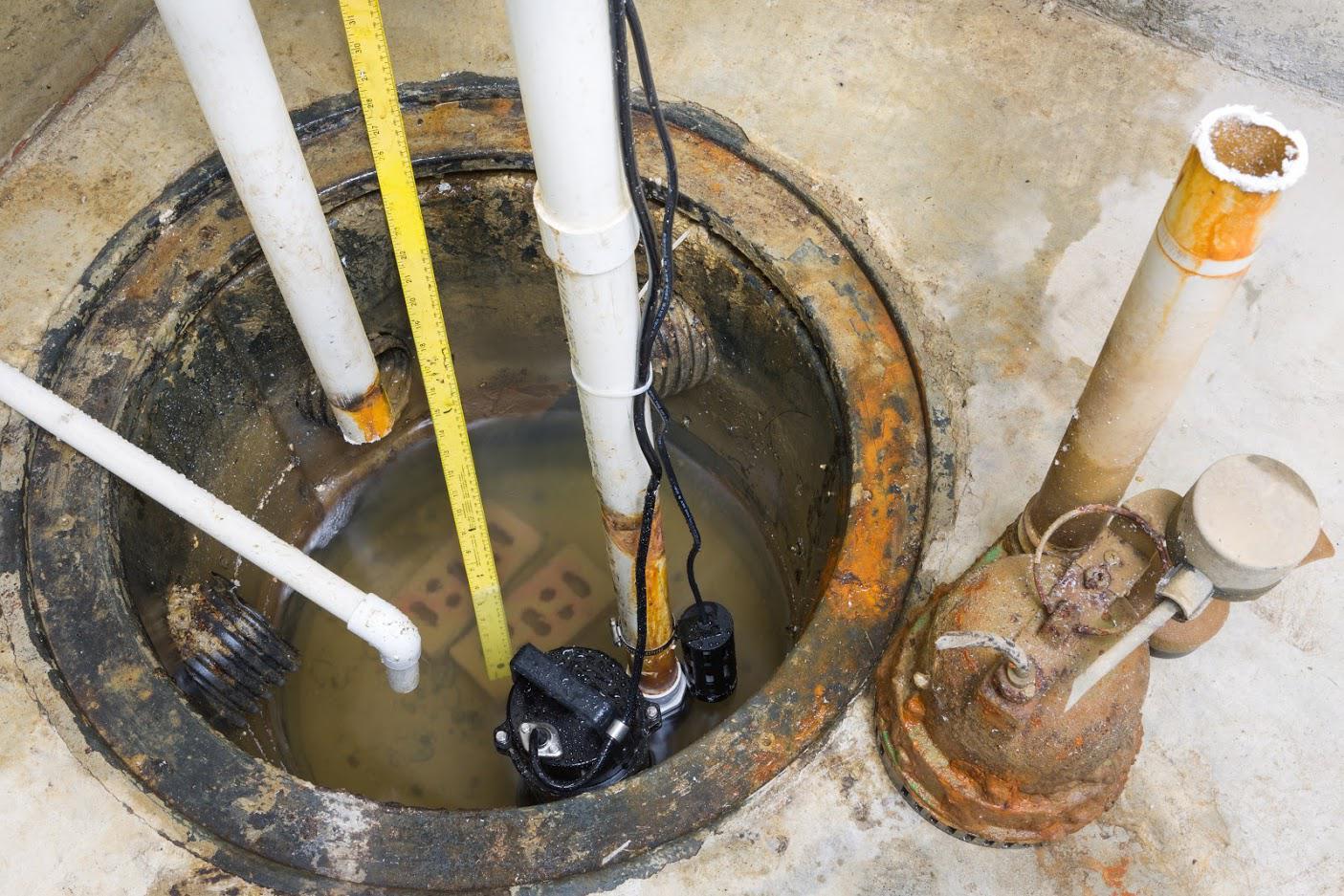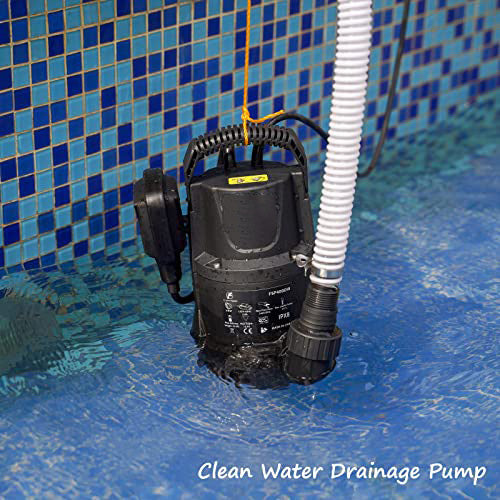Practical Techniques for Taking Care of Your Sump Pump
Practical Techniques for Taking Care of Your Sump Pump
Blog Article
Have you been trying to locate content concerning Keep Your Sump Pump Clean, It'll Keep You Dry?

Sump pumps are essential elements in lots of homes, specifically in locations vulnerable to flooding or too much dampness. They aid prevent water damage by efficiently removing excess water from cellars or crawl spaces. Nonetheless, like any other device, sump pumps call for routine maintenance to ensure they function effectively when required one of the most. Cleansing your sump pump is an essential part of its upkeep, and comprehending exactly how to do it appropriately can save you from pricey repairs and potential catastrophes.
Intro
Preserving a tidy sump pump is important for its appropriate functioning and long life. Overlooking this important job can cause obstructions, breakdowns, and inevitably, water damage to your residential or commercial property. Consequently, learning how to clean up a sump pump is important for homeowners that rely on these tools to keep their basements completely dry and secured.
Comprehending the Sump Pump
Prior to diving right into the cleansing procedure, it's important to have a basic understanding of how a sump pump works. Normally mounted in a pit or basin listed below the basement flooring, a sump pump contains numerous key parts, consisting of a pump, a float button, and a discharge pipeline. When water accumulates in the pit, the float switch turns on the pump, which after that pumps the water out through the discharge pipeline, far from the building's structure.
Indications of a Dirty Sump Pump
Understanding when your sump pump requires cleaning is essential for preventing prospective malfunctions. Some usual signs that show a dirty sump pump consist of weird sounds throughout procedure, minimized water flow, and noticeable particles in the pit. If you discover any of these signs, it's important to clean your sump pump promptly to prevent any additional concerns.
Getting ready for Cleansing
Before you start cleaning your sump pump, it's important to take some safety and security precautions. Begin by shutting off the power to the pump to stay clear of any electrical crashes. Additionally, use ideal safety equipment, such as gloves and goggles, to protect on your own from dirt, debris, and possible microorganisms.
Detailed Guide to Cleaning Up a Sump Pump
Shutting down the Power
Begin by separating the power supply to the sump pump to stop any type of accidents while cleansing.
Eliminating Debris and Dust
Utilize a pail or a scoop to remove any type of visible particles, dirt, or sediment from the sump pit. Dispose of the particles appropriately to prevent it from blocking the pump or the discharge pipeline.
Cleaning up the Pump and Drift Switch
When the pit is free from debris, very carefully get rid of the pump from the pit. Examine the pump and the float button for any kind of indications of damages or wear. Use a soft brush or fabric to clean up the surface areas and get rid of any kind of built up crud.
Purging the System
After cleansing the pump and float switch, flush the sump pit with clean water to remove any remaining dust or sediment. This will certainly aid ensure that the pump operates efficiently and successfully.
Checking for Appropriate Performance
Prior to re-installing the pump, do a fast test to guarantee that the float switch turns on the pump correctly. Put some water into the sump pit and observe the pump's operation. If every little thing is functioning appropriately, you can reassemble the pump and reconnect the power supply.
Upkeep Tips to Maintain Your Sump Pump Clean
Along with periodic cleaning, there are a number of maintenance tips you can comply with to keep your sump pump in optimal problem:
Final thought
Cleansing your sump pump is a crucial aspect of its upkeep and makes certain that it runs properly when you require it the most. By following the actions detailed in this guide and integrating routine maintenance into your regimen, you can expand the life-span of your sump pump and safeguard your home from water damages.
6 STEPS ON HOW TO CLEAN A SUMP PUMP PROPERLY
UNDERSTANDING SUMP PUMPS
Your sump pump plays a crucial role in protecting your home by managing and removing excess water. It primarily functions as a “shield”, guarding your basement against the damaging effects of water accumulation. The pump is housed in a sump pit in the lowest part of your basement, and its job is to pump out any water that collects there.
During heavy rainfalls or when snow melts rapidly, water can infiltrate your basement, posing potential risks like flooding, structural damage, and harmful mold growth. Here, the sump pump springs into action, pumping out the intruding water and directing it away from your home.
SAFETY FIRST
Before cleaning, remember to prioritize safety. Disconnect the sump pump from the power source to prevent any accidental electric shocks. Also, wear sturdy gloves to protect your hands from any sharp or dirty components within the pump.
REMOVE THE SUMP PUMP
After ensuring your safety, the next step is to remove the sump pump from its pit. Doing this might require careful maneuvering as you don’t want to damage any pump components. Once removed, clean the sump pit to remove any accumulated debris or sludge.
INSPECT THE PUMP
Inspect the pump for any visible signs of wear or damage. Check the power cord, float switch, and impeller housing. If any components look worn out or damaged, consider replacing them to ensure optimal performance.
CLEAN THE PUMP
Thoroughly clean the pump with warm, soapy water. Make sure to rid it of any dirt, gravel, or other debris that might impede its performance. You can use a toothbrush to clean the small, hard-to-reach parts of the pump.
REINSTALL THE SUMP PUMP
Reinstall the pump into the sump pit Make sure it’s positioned correctly to remove the water effectively Once it’s back in place, reconnect it to the power source TEST THE PUMP
Finally, pour some water into the pit to ensure the pump works correctly. It should start automatically and begin pumping out the water; if it doesn’t, check the power source and the positioning of the pump.
Remember, while cleaning your sump pump is an essential part of home maintenance, hiring a professional plumber for a thorough inspection and cleaning at least once a year is also important. This will ensure that your pump is in optimal condition, ready to protect your home from potential water damage.
BEST PRACTICES FOR CLEANING SUMP PUMP DISCHARGE PIPES
Regular Inspection: Regularly inspect your discharge pipes, especially during heavy rainfall or snowmelt periods. Look for any signs of blockage or damage. Early detection of problems can prevent serious issues down the line. Periodic Cleaning: Over time, sediment and debris can accumulate in the discharge pipes, impeding the flow of water. Regular cleaning helps keep the pipes clear and functioning efficiently. You can use a high-pressure water jet to effectively clean the pipes. Insulation During Winter: In colder climates, discharge pipes can freeze, blocking the outflow of water. Protect your discharge pipes from freezing temperatures by insulating them with foam pipe insulation. This will ensure the sump pump can continue to discharge water even in freezing conditions. Proper Positioning: The discharge pipe should be positioned to direct water away from your home’s foundation. Improper positioning can lead to water seeping back into the basement. Ensure the pipe is long enough and angled correctly. Installation of a Check Valve: A check valve prevents water from flowing back into your sump pit after the pump has pushed it out. Installing a check valve helps maintain the efficiency of your sump pump and reduces the risk of flooding. Minimize Pipe Turns: Every curve or turn in the discharge pipe can decrease the efficiency of water flow. By minimizing turns and bends in your discharge pipe, you can increase the efficiency of your sump pump. https://www.fullspeedplumbing.com/how-to-clean-a-sump-pump-properly9999/

Do you enjoy more info about How To Effectively Clean A Sump Pump? Write feedback down below. We will be delighted to hear your responses about this post. We are looking forward to see you back again soon. Please take the time to share this entry if you appreciated it. Thanks for being here. Don't forget to come by our site back soon.
Book Today Report this page